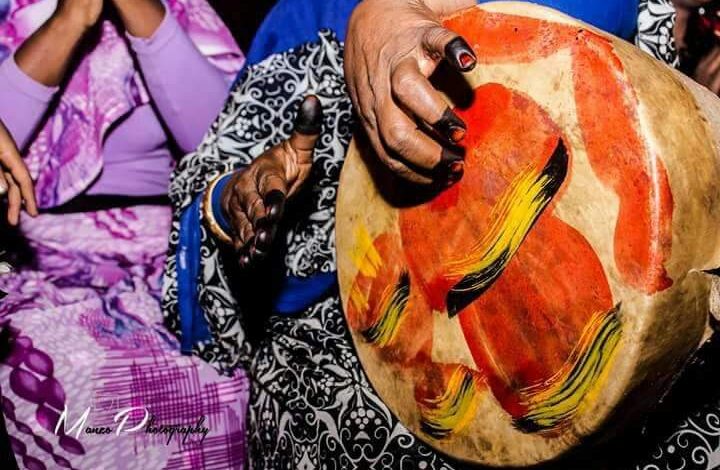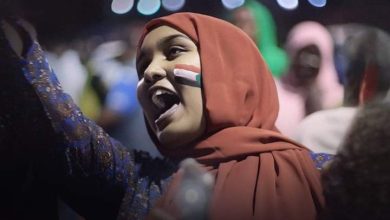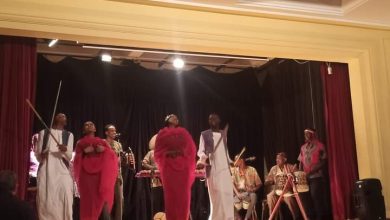Girls’ songs : A project Defeated by Globalisation

Sudan Events – Magda Hassan
A war of words has spread recently between two female singers
arousing the anger of artistic society , and many of singers are fed up with the phenomenon, considering that the idea in its entirety could be a project (Setback ), one of the respectable girls’ songs.
The emergence of a singer from the time of Hawah Al-Taqtaqa until today was not an easy matter, as it was one of the most thorny professions, particularly since many families refuse for their daughter to become a singer.
Balance
The Sudanese singer has been struggling throughout the ages and struggling to establish the Sudanese female voice in simple emotional songs that express her time and chronicle it with spontaneity, to the point that many critics considered that girls’ songs could contribute to societal stability and balance, consolidating values that transcend regionalism and tribalism, and achieving peace. By using vocabulary that calls for values.
Continue the Career
The appearance of the singer Hanan Blu Blu in the year 1982 was a new birth for girls’ songs, as she appeared with accompaniment in a different style, containing expressive performance (dance), and at that time it was something that was not accepted by the conservative society, and the career of the artists extended.
In the nineties of the last century, the singer Hajar Kabashi appeared, who was refined by school courses, but she was known for her repetition of girls’ songs.
In the same period, the voice of the singer Nada Al-Qalaa became popular and spread, with the songs “TumTum and then she covered songs of enthusiasm and songs of biography, in cooperation with the poet Sahar Maysara. A number of female singers also appeared in girls’ songs until the singer Ensaf Madani, nicknamed the Queen of Drum (Duloka) , appeared.
Changing
Throughout that time, the artistic content, whether people agreed or disagreed about it, was the basis of the issue, unlike what is happening now, the harbingers of which began at the beginning of the twenty-first century, with globalization bringing many changes that affected all aspects of life.
Among them is the communications revolution, which made the song appear to the audience at its right time and time.
Accordingly, the girls’ singing performance changed, but according to critics, the change does not seem to be for the better, as live videos showed the worst in the field and were even used for purposes other than singing.
Simplicity and improvisation
Throughout the past period, girls’ songs have maintained characteristics and features that distinguish them from others, such as the attractiveness of the rhythm (Tum Tum , Seirah (traditional and popular songs )and. Zar), the simplicity of the words, the beauty of the melodies, the speed of spread and transmission, and have reached the international level. They are also flexible, subject to change and continuity, and date back to historical eras and reflect the pattern that society lived in that era.
It is characterized by improvisation, but is the best documentation of the characteristics of society, its political, social and economic history and cultural identity.
Singing for professions
Girls’ songs sang about professions and gave them sanctity and status
She sang for officers, police, expatriate professors, doctors, and drivers
Judges, football players, ministers, farmers.
We can even say that girls’ songs can contribute to societal stability and balance, consolidating values that transcend regionalism and tribalism, and achieving peace, by using vocabulary that calls for values.
It is difficult for all that artistic heritage to be lost as a result of a problem between two singers, let alone two female singers.



